Welcome to our series exploring the basics of quilting! Last time, we discussed how to use a quilt design wall. Next time, we’ll be looking at some tips for assembling a quilt. To see all the posts in this series, click here.
Hi friends!
In today’s Exploring the Basics post, Tammy and I are talking about quilt layouts.
Quilt Layouts
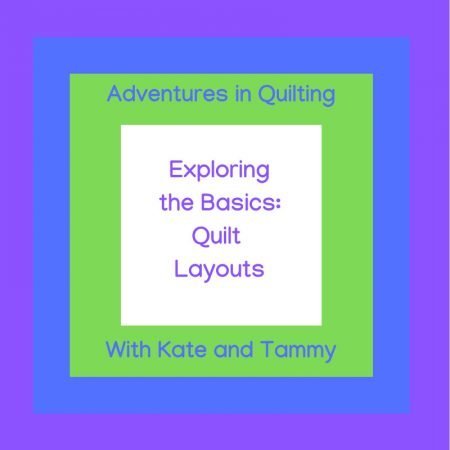
There are so many different quilt layouts and each one can present the same blocks in a different fashion. Let’s chat about some of the different layouts, also referred to as quilt settings. Scroll down for all the info!
I am going to use examples from my patterns to show you different settings types.
I debated just showing you quilt layouts and generic blocks generated using my computer, because I was worried you would think I was just trying to sell you stuff, but in the end, I thought real life quilt examples would be more fun!
Quilt Layouts: Straight Set
In this type of quilt layout, the blocks are usually set in a horizontal set with the blocks laid out edge to edge or separated by a sashing.
Horizontal Set
Here is an example of a quilt with the blocks set edge to edge.
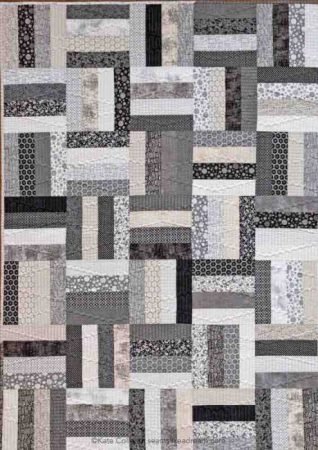
And here is one separated by sashing.
Funny thing is- they are from the same pattern! Hop the Fence is a fun way to use up those 2 ½” strips and you can just make the blocks and throw them together or add sashing to increase the size of the quilt.
Of course, you can also add a sashing square, or cornerstone, to a sashing set for a different look like in my pattern Ninth Square or Portland Parks.

In Portland Parks I rotated the blocks to make them look a little different.
A quilt with just one block, set in a horizontal layout does not have to look like just one block set in rows. The quilt blocks could form a secondary pattern; it just depends on the block and on how you color it.
In Urban Twist, the way the block is colored creates a secondary pattern when you sew the blocks together.
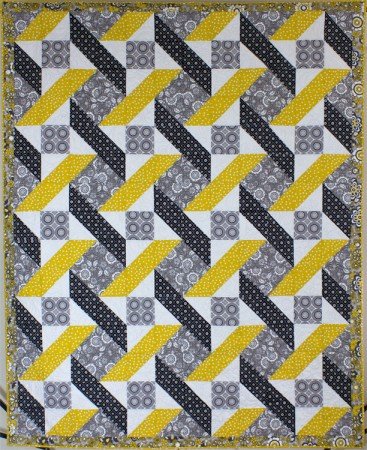
In Royal Flush, the secondary pattern is created by rotating the block. In these 2 examples, color is the key to creating the patterns while using one block in a basic, edge to edge horizontal setting!
Alternate Blocks Quilting Set
Now these examples use just one block in a horizontal set. You can change up the look of a quilt by adding an alternate block in between your original blocks. That alternate bock could be a plain fabric square or another pieced block.
Savannah Squares uses 2 blocks and sashing to create the design.
Totally Tiered also used 2 blocks in a horizontal, edge to edge setting.
Row Quilt
What about a row quilt? That is often a horizontal set but the difference with a row quilt is that each row has blocks that are different from the other rows. Sometimes the rows are different sizes because the blocks are different sizes.
My 6 month BOM quilt, Forest Nights, is a good example of a row quilt in a horizontal setting.
Vertical Quilting Set
A vertical set is another version of the straight set.
The blocks in Split Strip are pieced in a vertical set, but it is also using 2 colorations of the blocks that creates the sense of a vertical row quilt.
In the quilt A Bright Future, the blocks are sewn edge to edge in a vertical set with long vertical sashings to enhance the vertical feel of the setting.
For the quilt The Stars Align, the star blocks are sew in a vertical set and broken up with alternate ribbon blocks to create the vertical effect. Here the vertical sashings are in the block’s background fabric to create an open and airy look to the ribbons of stars.
On Point Quilting Set
Now some may consider on point set of blocks just a different type of straight set. Usually when you piece and on point set, you are piecing in rows, just diagonal rows. And the outside edges of the quilt are made straight by adding setting triangles and corner triangles.
Setting triangles are the triangles added to the ends of the diagonal rows for the sides and the top and bottom and the corner triangles- well, they go in the corners of the quilt! Setting triangles are quarter square triangles and corner triangle are half square triangles. That way, the bias is not along the outside edges of your quilt.
I don’t do a lot of on point quilts. I am not sure why as I do like them! This one is from my book Smash Your Precut Stash– it is the cover quilt, Sassy 16.
It is a little hard to see the setting triangles as they are made using the same fabric as the block background fabric, so they help to make the blocks look a little like they are floating!
Single Block Layout
Can a single block be a layout? Sure it can! It is actually a pretty modern way to create a quilt. You might hear these types of quilts called big block quilts or one block quilts.
Though sometimes a one block quilt also means you make many blocks- they are just all the same block! So confusing!
My Medallion quilt is basically one block and I have 4 sizes in the pattern made by just increasing the size of the units.
Medallion Quitling Set
Another type of setting is called medallion (as opposed to my quilt pattern called Medallion!).
A medallion setting is built around a center block. It is the focal point of the quilt. Then center block can be one big block or smaller blocks set together to form the focal point. An example of a medallion quilt is my Summer Sky quilt.
My quilt starts with the center block and then I added strips to the sides, top and bottom. Then I added blocks. Medallion style quilts are often used by quilt groups who want to do a round robin. The quilt starts with the center block, then each quilter adds blocks for the next round. Each round can be the same size blocks or different sizes.
Custom Quilting Set
A custom set is a set where you created your own grid! Another way to think of this is a non traditional setting or an irregular grid. These kinds of grids can create a really unique looking quilt but sometimes can present a challenge to piece.
One example is our BOM quilt A Road Trip. This quilt is set with blocks of different sizes in an irregular grid. To put all the blocks together, we created sections and then you piece the sections together, sometime using a partial seam.
Another example is our new BOM called Luminous. We are hosting the Quilt Along right now and later in April we will share the setting instructions. These blocks are set on point in an irregular grid. A bit of a challenge but that is what makes the quilt so striking!
Making Quilts
As you plan your next quilt, keep these quilt layouts in mind for your blocks. You can go simple or complex with your quilt layout. And, as you can see, even a simple layout can be really interesting! It is easy to change the look of your quilt by adding sashing, removing sashing, rotating blocks, putting the blocks into a custom setting or on point!
I hope these quilt layouts help you look at quilt patterns in a new way and encourages you to think about ways to change up a pattern to make it your own. I can’t speak for other quilt pattern designers, but I love it when a quilter shows me a quilt they made using one of my patterns but they made it their own with the fabrics, and sometimes with their own quilt layout!
Click here to go to Tammy’s post; I am sure she has some awesome and different information for you on quilt layouts!
happy quilting!
Kate
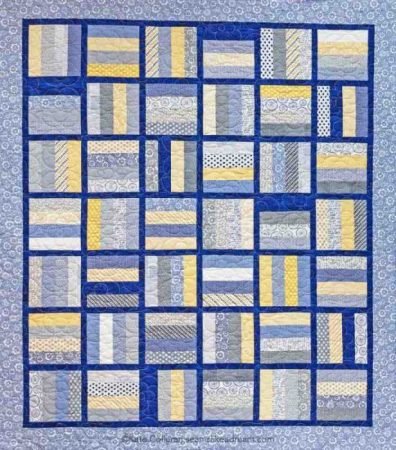

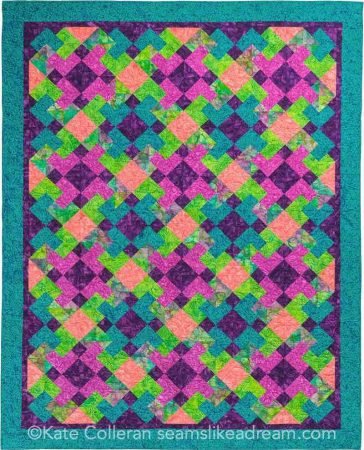
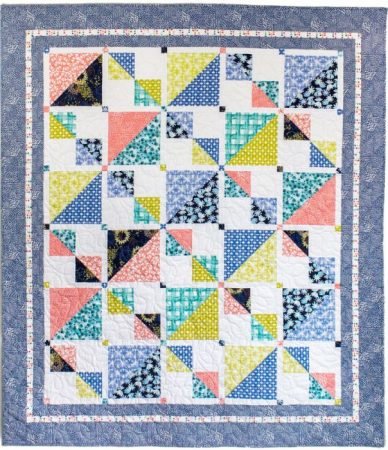

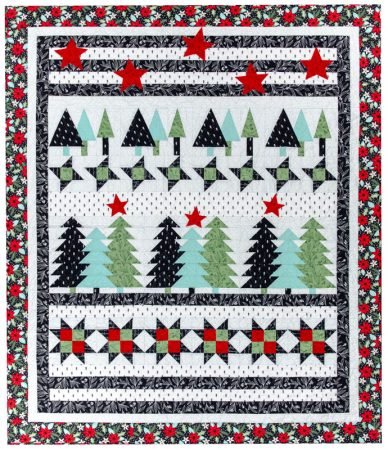
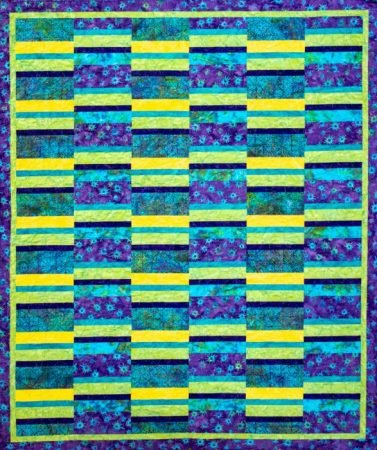

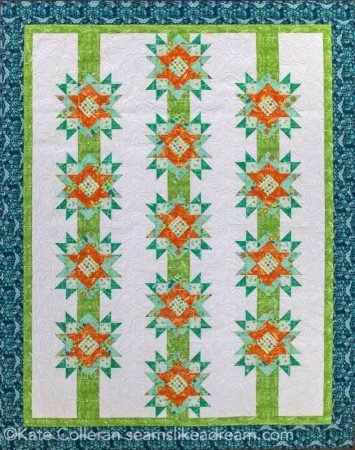
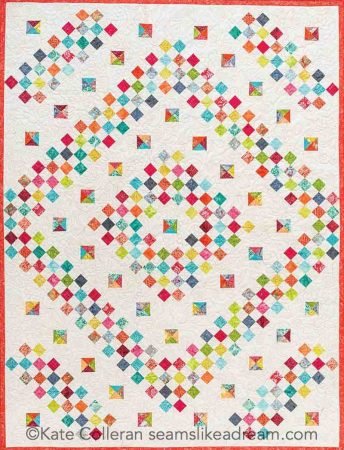
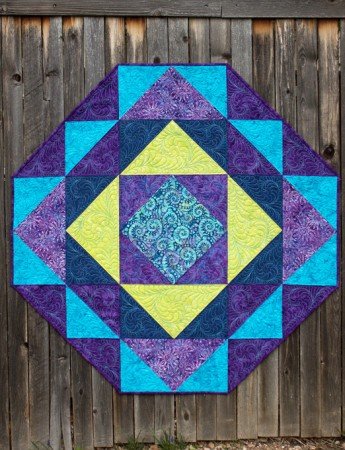
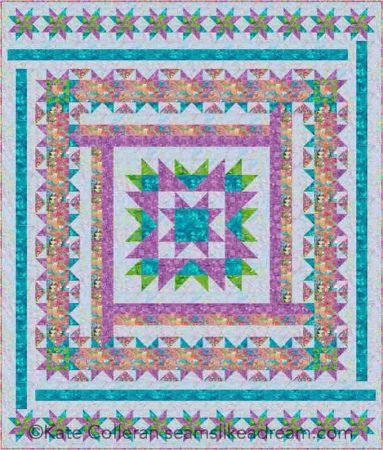
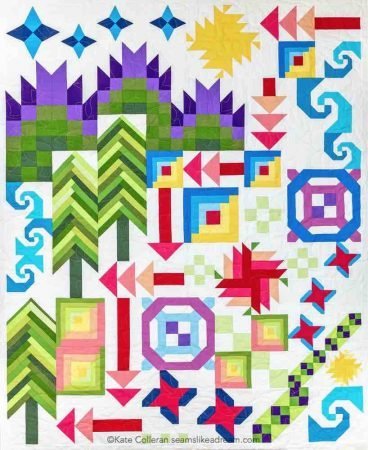
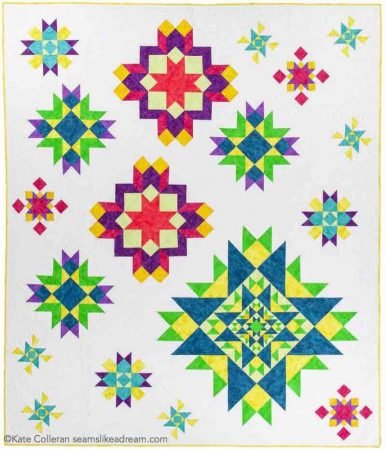
2 comments